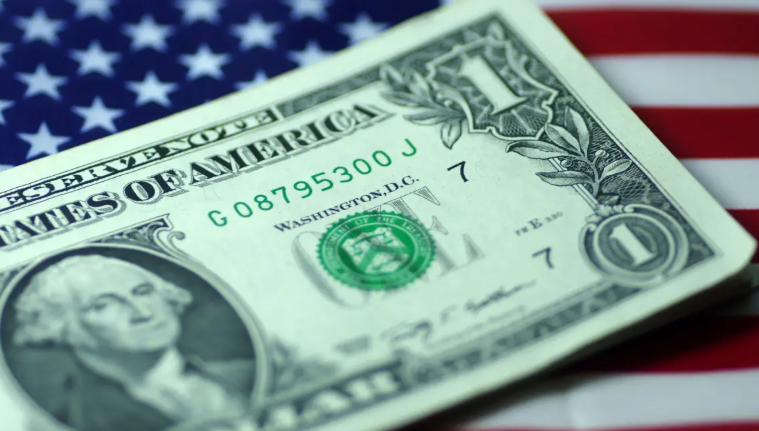The economic landscape in the United States has recently experienced a notable shift, making headlines and stirring discussions among policymakers and market analysts alike. In January, the Consumer Price Index (CPI) saw an unexpected rise, intensifying speculations about the Federal Reserve's future interest rate strategies, particularly in the face of growing economic uncertainty. According to data released by the Bureau of Labor Statistics, the January CPI saw a year-on-year increase of 3%, marking the largest surge since June 2024. Additionally, the seasonally adjusted CPI rose by 0.5% month-on-month, a figure not seen since August 2023, indicating a robust inflationary trend.
A significant driving force behind this inflationary trajectory appears to be the increased housing costs, which accounted for nearly 30% of the CPI surge. This aspect highlights the critical intersection of consumer behavior and economic policies, as housing remains a fundamental expenditure for American households. Interestingly, there has been a recalibration of the 'basket of goods' used to calculate the CPI, reflecting the evolving consumption patterns of Americans more accurately. Each year, the Bureau revises its seasonal adjustment factors and weights to filter out seasonal fluctuations, a move aimed at offering a clearer depiction of price changes for 2024.
Market analysts posit that part of the January CPI increase emanated from businesses raising prices at the start of the year in anticipation of higher import tariffs. Such preemptive actions suggest that companies are bracing for the economic repercussions of federal tariff policies, a sentiment echoed in the sudden increase in inflation expectations among consumers. These expectations recently surged to a 15-month high, according to a survey conducted by the University of Michigan, as households grapple with the prospect of lasting impacts from tariff policies that may be too late to circumvent.
The report concluded that the inflationary process faced potential reversals, further emboldening the Federal Reserve to adopt a more cautious approach regarding its interest rate adjustments. With a resilient labor market and shifting inflation landscape, the likelihood of immediate rate cuts appears slim. Moreover, Federal Reserve Chair Jerome Powell underscored the complexities surrounding inflation dynamics, mentioning that while there was a slight easing of inflation last year, the recent developments do not signify a trend strong enough to warrant swift monetary easing.

Amid growing apprehensions about potential tariff implementations, the federal government announced a temporary suspension of a 25% tariff on imported goods from Canada and Mexico until March. Economists project that the reinstitution of these tariffs could further exacerbate inflation. The apprehension surrounding these adjustments is palpable among financial market participants, with traders recalibrating their expectations about the Federal Reserve's monetary tightening timeline.
The financial markets responded rapidly to the CPI announcement, signaling a broad reconsideration of monetary policy expectations. The US dollar index surged by 50 points to reach 108.43, while gold prices saw a sharp dip, falling over 1% with a reported price of $2868.57 per ounce. Notably, the yield on the US 10-year Treasury bond experienced a pronounced spike, rising 6.1 basis points to hit 4.602%. These fluctuations underscore traders' sentiment as they react to economic data, reflecting broader uncertainties about the Fed's next moves.
In the broader currency markets, the reactions were equally pronounced. The euro dipped against the dollar, with the EUR/USD pair slipping 40 points to 1.0333. Meanwhile, the British pound experienced similar pressure, falling nearly 70 points to stand at 1.2385 against the US dollar. Conversely, the dollar gained strength against the yen, trading up almost 120 points to reach 154.32. These movements paint a picture of market trepidation and a recalibration of investor sentiment in light of evolving economic indicators.
This environment of persistent change and varied data has led traders to significantly revise their expectations regarding the Fed's stance on interest rates. Previously, there was a consensus that the Federal Reserve would maintain a loose policy framework to support economic recovery, with the next rate cut anticipated for September. However, recent developments have flipped this narrative; traders now expect a tightening approach from the Federal Reserve, with projections for the next possible rate cut pushed back to December. In terms of scale, the expected cut shrank from around 37 basis points to just 26, indicating an emerging consensus that 2024 may only witness a single modest cut of 25 basis points—a stark contrast to prior expectations.
In assessing the implications of these trends, renowned analysts have offered insightful commentary. Anstey, a respected figure in the financial markets, articulated that the latest CPI data presents challenges for the Federal Reserve. He emphasized the potential for widespread speculation surrounding future rate adjustments, warning that the next move may incline toward increases rather than the expected cuts. This perspective resonates powerfully with the views of former Treasury Secretary Summers, highlighting a growing apprehension among market participants. The convergence of these expert opinions amplifies the uncertainties associated with future interest rate trajectories, causing investors to adopt a more guarded stance.
As we continue to navigate through these turbulent economic waters, the interconnectedness of inflation, interest rates, and consumer expectations will undoubtedly shape the financial landscape in the coming months. Policymakers and analysts alike must remain vigilant as they monitor these dynamics, striving to anticipate the potential repercussions of economic decisions on everyday Americans and the broader market landscape. The interplay of these factors underscores the complexity of modern economics, where seemingly isolated decisions can resonate widely, influencing everything from household budgets to broader market valuations.